What does it mean to be born in the Pure Land?
![]() Is rebirth in Pure Land the final destination? A lasting home? Also, when attaining rebirth in the Pure Land, are we then enlightened? Becoming a Buddha? Or do we continue on a path in the Pure Land to enlightenment?
Is rebirth in Pure Land the final destination? A lasting home? Also, when attaining rebirth in the Pure Land, are we then enlightened? Becoming a Buddha? Or do we continue on a path in the Pure Land to enlightenment?
![]()
Birth in the Pure Land is something that occurs after death. It is the realm of enlightenment. It is not a reward nor a final destination like a heaven. Since our birth is already settled due to the Vow, we can focus on the importance of this life.
The Larger Sutra of Immeasurable Life explains that we are born in the Pure Land and become a Buddha due to the compassionate activity of Amida Buddha and the Primal Vow.
It does not matter if you are what we might label as a good or bad person. In fact, in the Tannisho it states: “Even a good person attains birth in the Pure Land, so it goes without saying that an evil person will.”
In his master work, the Kyogyoshinsho, Shinran states: “Reverently contemplating the true essence of the Pure Land way, I see that Amida’s directing of virtue to sentient beings has two aspects: the aspect for our going forth to the Pure Land and the aspect for our return to this world.”
When we understand the sacred story of the fulfillment of Amida’s Primal Vow, we are assured of birth in the Pure Land to become a Buddha and attain enlightenment. As a Bodhisattva tradition, this means all beings will attain liberation. \
So the aspect of return means that, as a Buddha, we have a responsibility to be a teacher. We will return to Samsara to guide beings along the nembutsu path.
It is not a literal coming back. Our loved ones don’t return as a ghost or apparition of some sort but as the working of wisdom and compassion. It can be expressed in many ways. We have all probably felt the presence of our ancestors guiding us. This is the aspect of return. \
My understanding is that the Pure Land is not actually a physical place. It is a spiritual realm established by Amida Buddha. So it is nowhere and, yet, it is everywhere.
Gassho, Rev. Todd



 In the MBT tradition, we will have memorial candles available for a small donation. For $10 per name you can have your loved one’s name placed on a candle. These candles will be placed on the temple’s balcony ledge for the Bon Odori dance and in the hondo for the Obon/Hatsubon service. They remind us of the light that shines from the boundless lives of those we love and how their life continues to take effect upon us.
In the MBT tradition, we will have memorial candles available for a small donation. For $10 per name you can have your loved one’s name placed on a candle. These candles will be placed on the temple’s balcony ledge for the Bon Odori dance and in the hondo for the Obon/Hatsubon service. They remind us of the light that shines from the boundless lives of those we love and how their life continues to take effect upon us.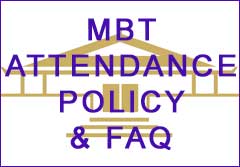
 On November 2, 2023 Rev. Ron Miyamura retired after a 50 year ministerial career. MBT is grateful to have had Rev. Ron’s leadership for these many years and we will always honor him for his major role in the history of our temple.
On November 2, 2023 Rev. Ron Miyamura retired after a 50 year ministerial career. MBT is grateful to have had Rev. Ron’s leadership for these many years and we will always honor him for his major role in the history of our temple.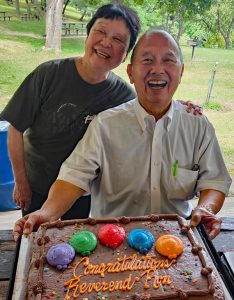 In all of the Sanghas he has been a part of, Rev. Ron has loyally dedicated himself to being there for his Sangha members. He has been there for the joys of marriage and other milestone celebrations. He has been by his Sangha’s side for the challenges of illnesses and the loss of loved ones.
In all of the Sanghas he has been a part of, Rev. Ron has loyally dedicated himself to being there for his Sangha members. He has been there for the joys of marriage and other milestone celebrations. He has been by his Sangha’s side for the challenges of illnesses and the loss of loved ones.


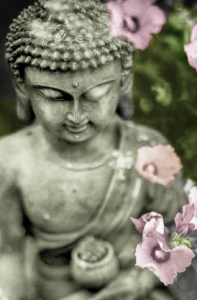 Everyday Buddhist (
Everyday Buddhist (
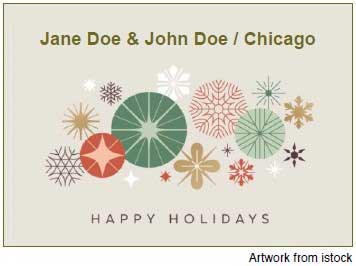
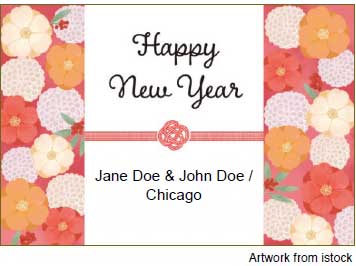
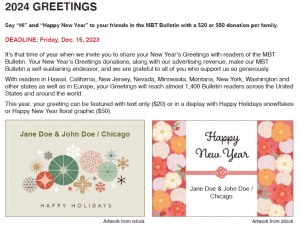
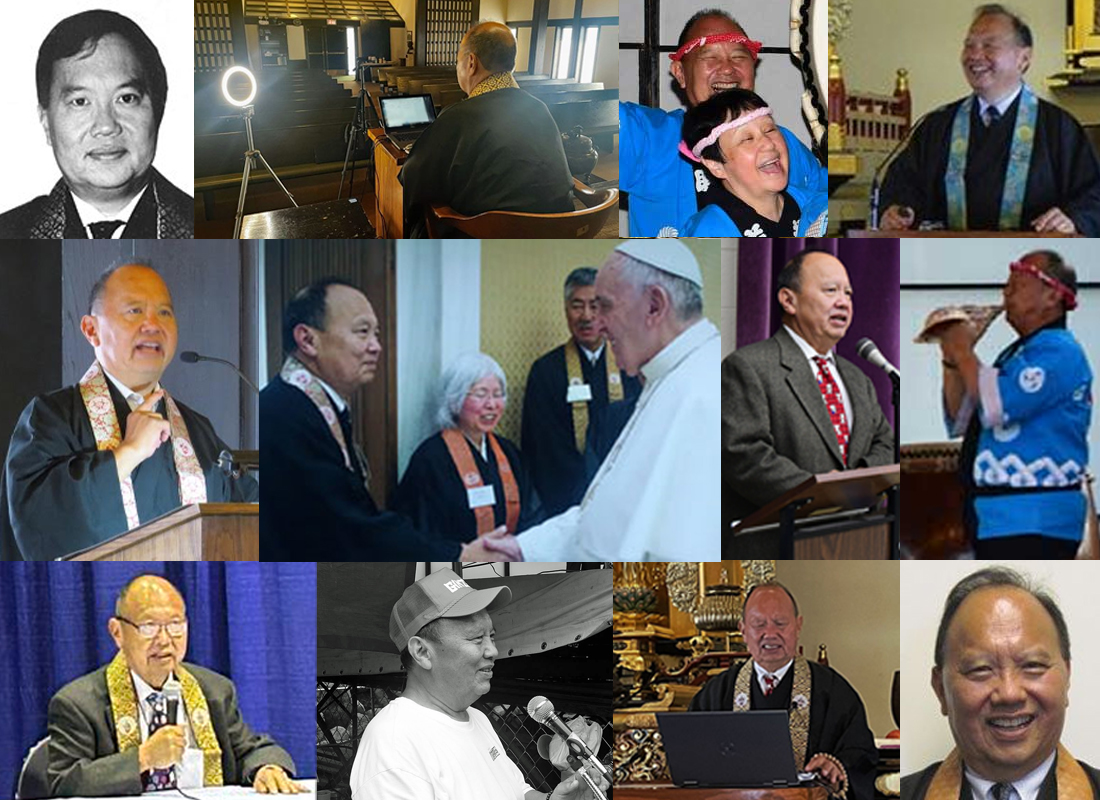
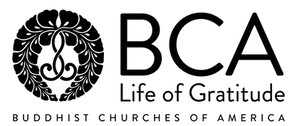
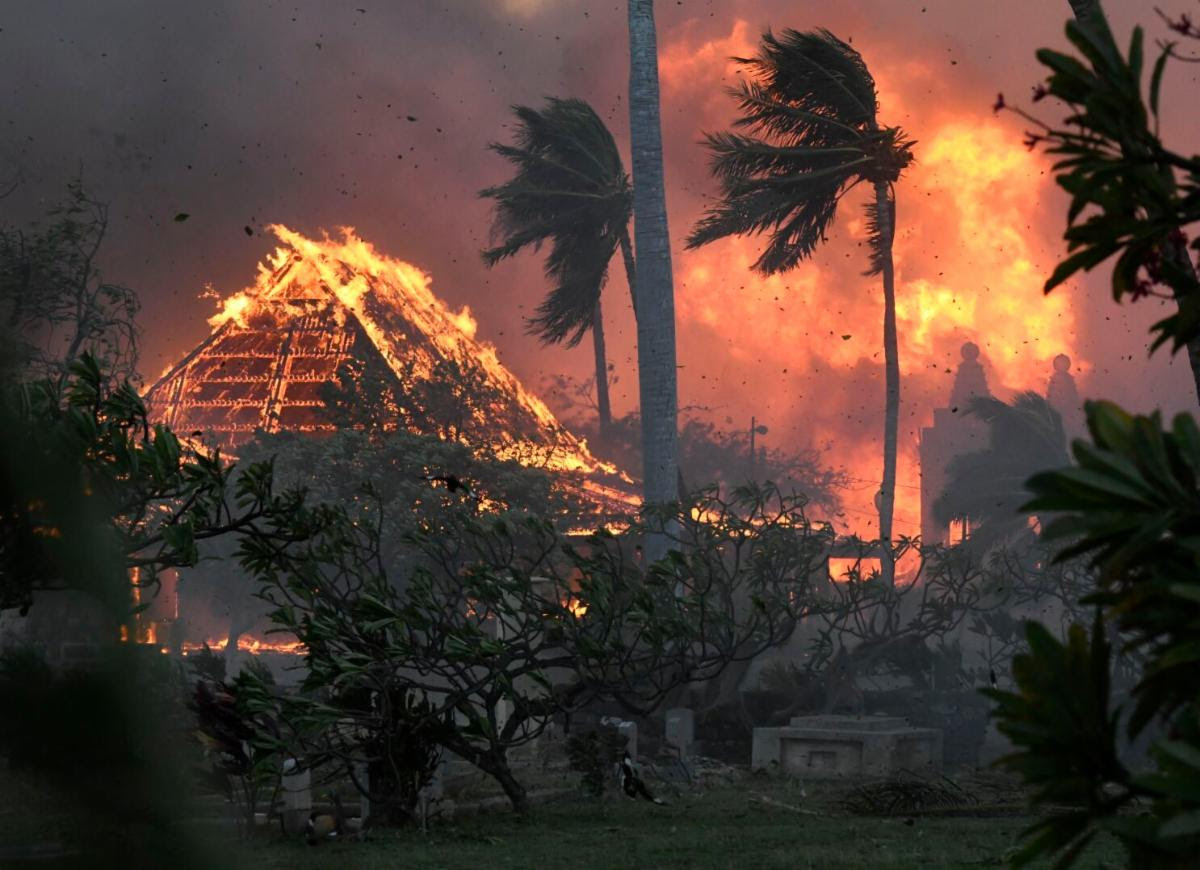
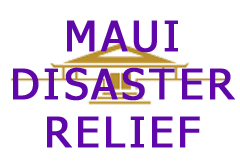


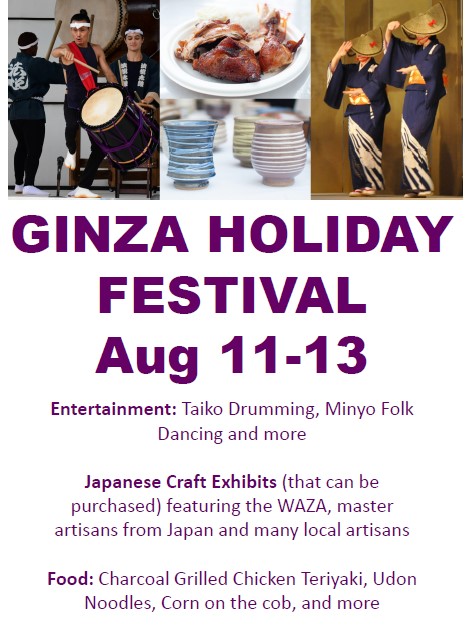

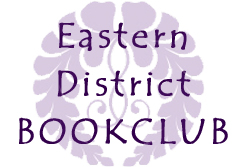
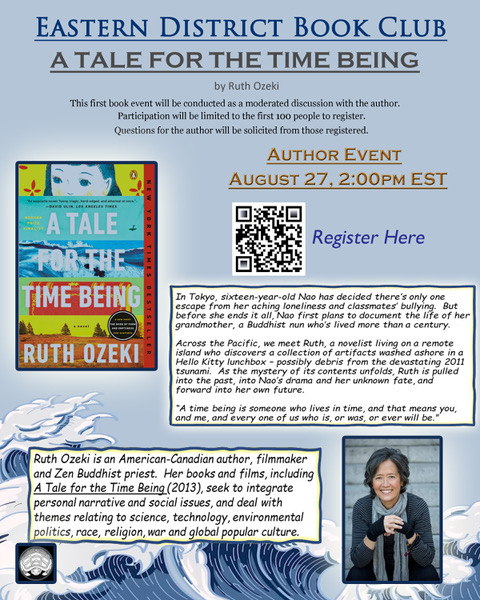
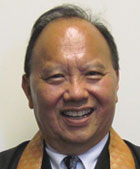 Rev. Ron Miyamura continues his popular Shin Buddhism Study Series in a “virtual” format. Classes will be held via ZOOM on successive Wednesdays Evenings – May 3, 10, 17, 24, 31, and June 7, 14, 21 at 7:00 pm.
Rev. Ron Miyamura continues his popular Shin Buddhism Study Series in a “virtual” format. Classes will be held via ZOOM on successive Wednesdays Evenings – May 3, 10, 17, 24, 31, and June 7, 14, 21 at 7:00 pm.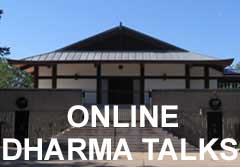


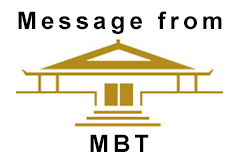

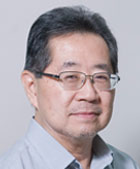
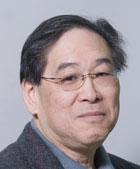
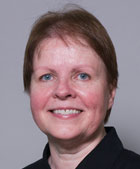

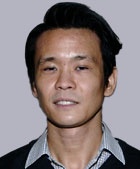
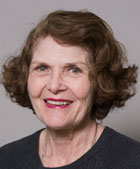
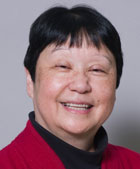
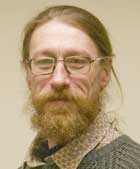
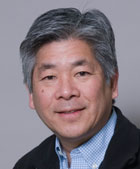
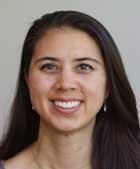
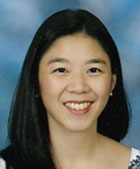
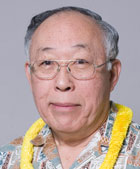

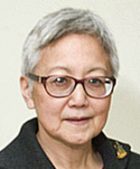
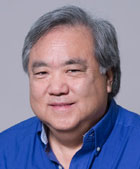
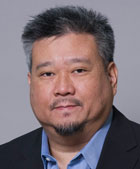
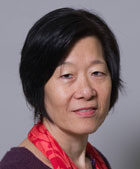
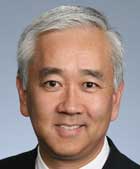

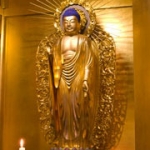
 – Gassho: is an expression of reverence and gratitude.
– Gassho: is an expression of reverence and gratitude.
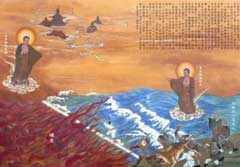
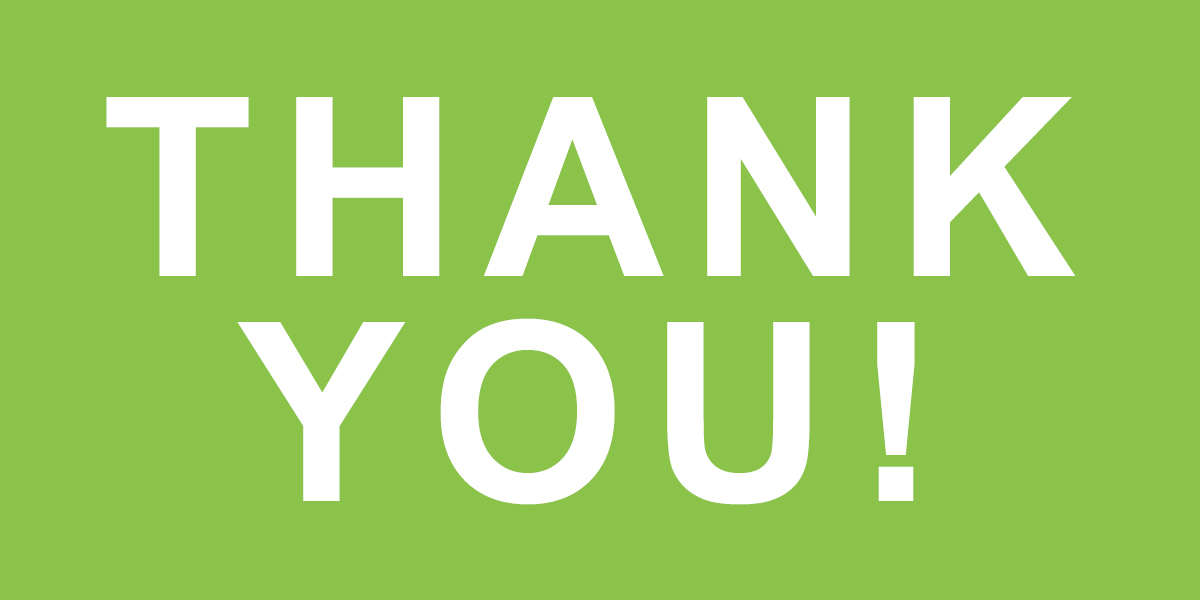

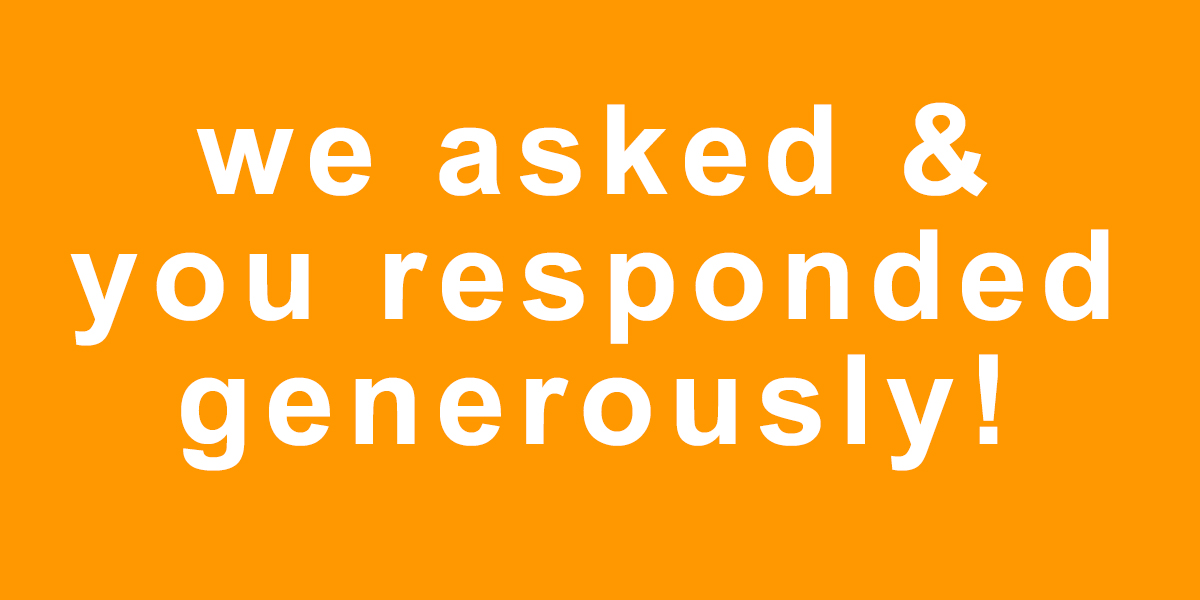
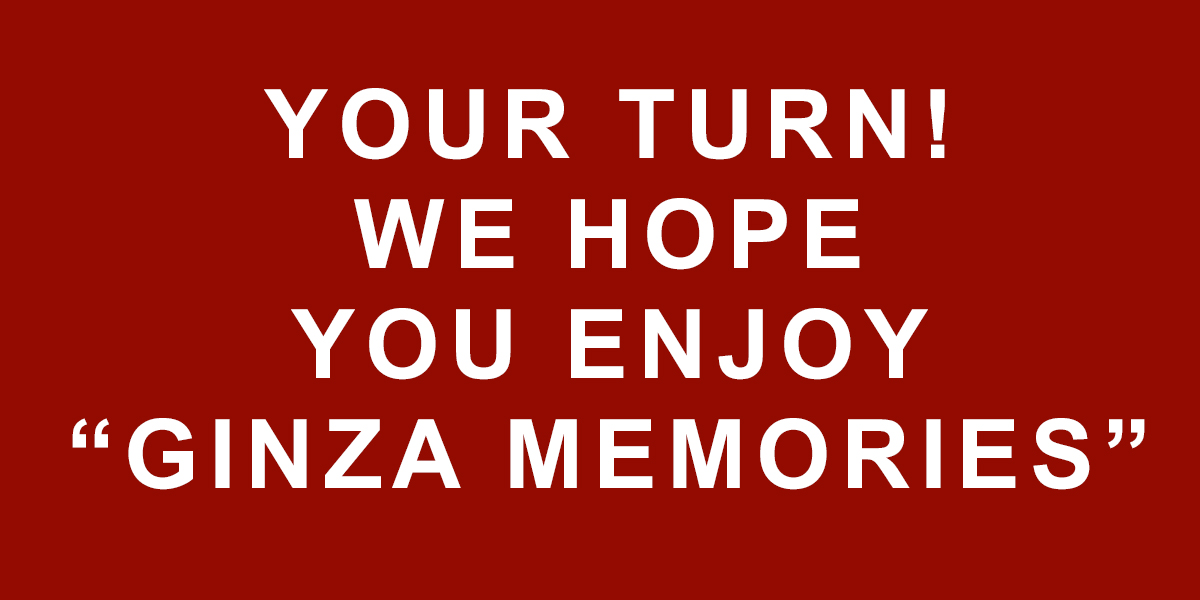
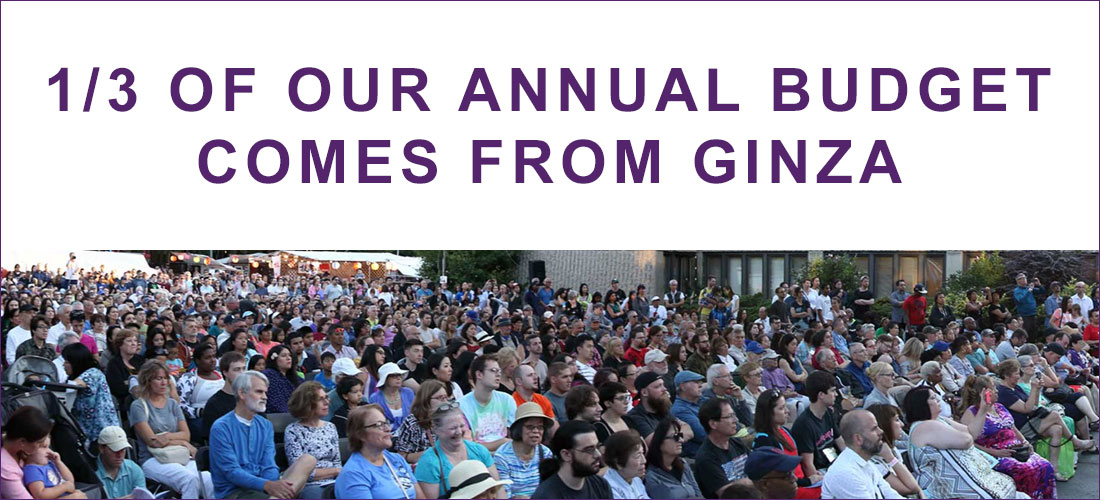
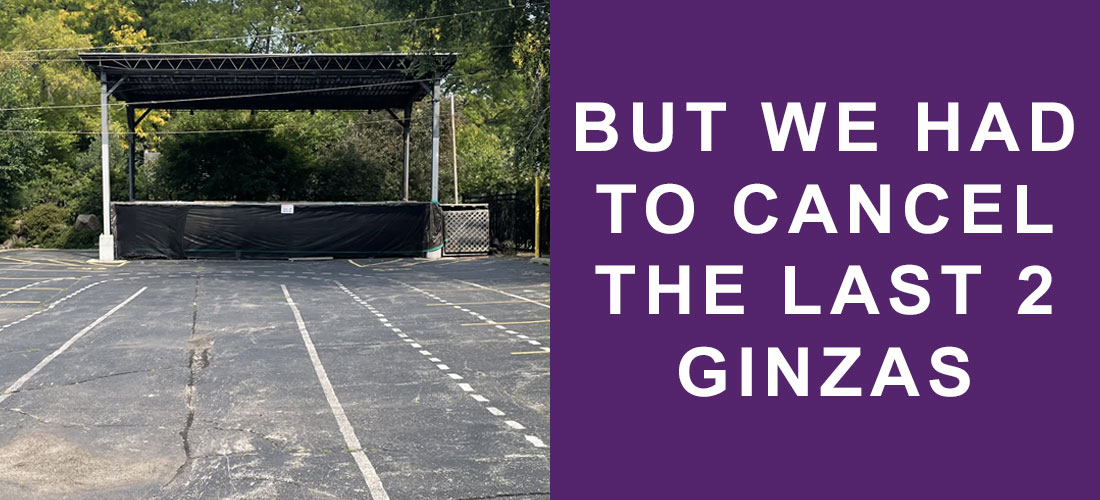
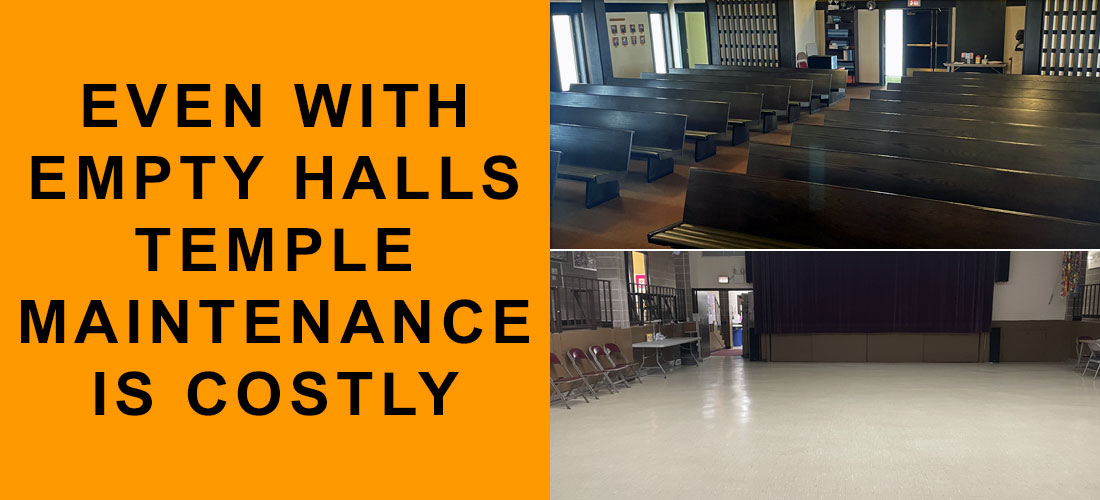
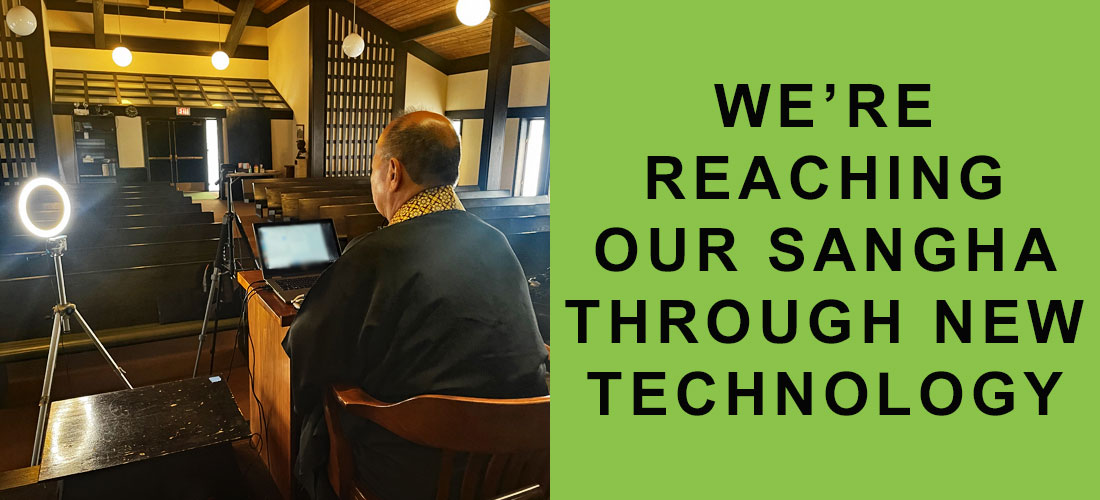
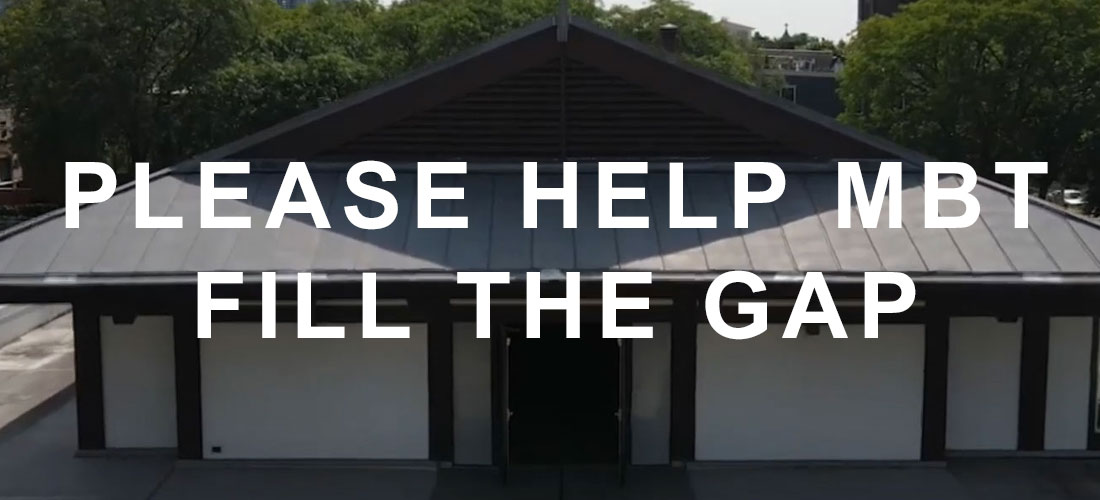
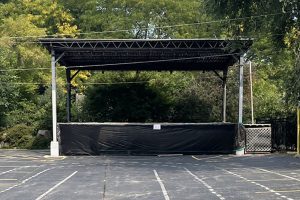 We are appealing to you to help us close our budget gap. Ginza Holiday represents 1/3 of our annual operating budget but we’ve had to cancel Ginza not once but for 2 consecutive years! Thanks to sound fiscal management MBT’s long-term financial state remains strong – but missing Ginza for 2 years in a row has put a significant gap in our annual budget. Throughout our Fill the Gap campaign we’ll share information about what it takes to keep MBT going. Take a moment and read the letter from the MBT Board. Please donate generously and help MBT Fill the Gap.
We are appealing to you to help us close our budget gap. Ginza Holiday represents 1/3 of our annual operating budget but we’ve had to cancel Ginza not once but for 2 consecutive years! Thanks to sound fiscal management MBT’s long-term financial state remains strong – but missing Ginza for 2 years in a row has put a significant gap in our annual budget. Throughout our Fill the Gap campaign we’ll share information about what it takes to keep MBT going. Take a moment and read the letter from the MBT Board. Please donate generously and help MBT Fill the Gap. 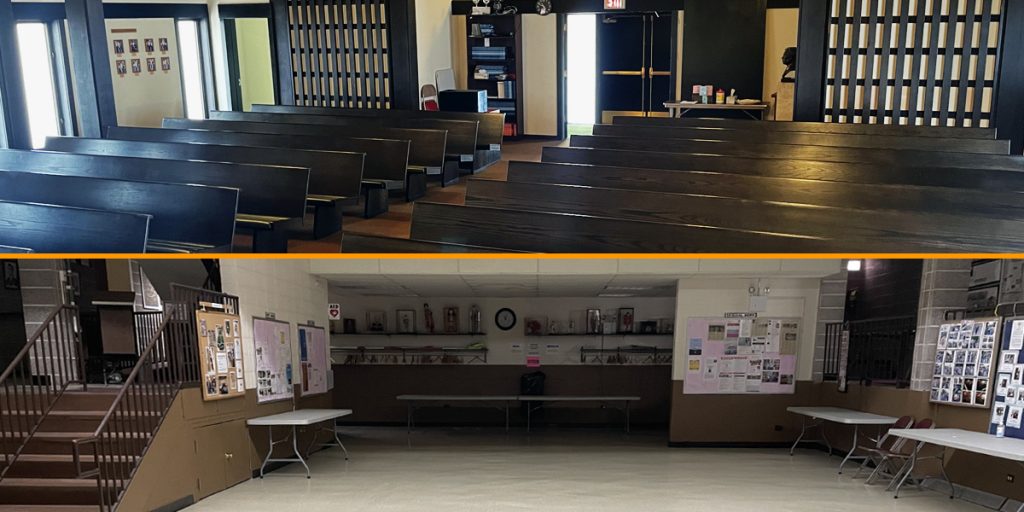
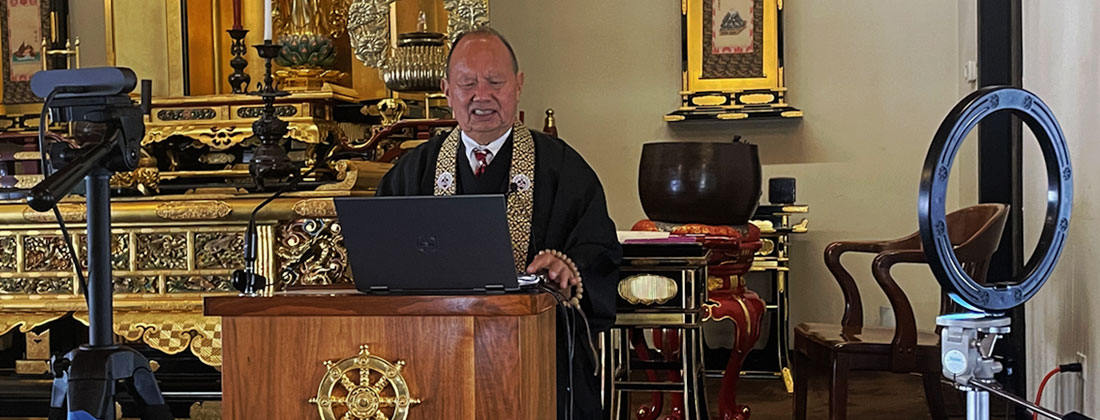
 In the early days of the pandemic, when MBT had to close its doors, Rev. Ron decided that the Sangha and many others would benefit from a weekly video Dharma Message. He further decided that streaming his message “live” from the MBT Naijin would give people a sense of normalcy and comfort during chaotic times. He was right and we are grateful for his leadership. Since March of 2020 Rev. Miyamura has streamed over 75 Dharma Messages to Sangha members and friends of MBT via Facebook Live! The technology he used has evolved over the past 20 months starting with his cell phone to a laptop with a webcam and a light ring. Rev. Ron would be the first to tell you that he had some help from a small group of volunteers to assist with organizing services, running ZOOM sessions and to chase down technical issues. Much appreciation to Rev. Ron and his volunteers!
In the early days of the pandemic, when MBT had to close its doors, Rev. Ron decided that the Sangha and many others would benefit from a weekly video Dharma Message. He further decided that streaming his message “live” from the MBT Naijin would give people a sense of normalcy and comfort during chaotic times. He was right and we are grateful for his leadership. Since March of 2020 Rev. Miyamura has streamed over 75 Dharma Messages to Sangha members and friends of MBT via Facebook Live! The technology he used has evolved over the past 20 months starting with his cell phone to a laptop with a webcam and a light ring. Rev. Ron would be the first to tell you that he had some help from a small group of volunteers to assist with organizing services, running ZOOM sessions and to chase down technical issues. Much appreciation to Rev. Ron and his volunteers!
